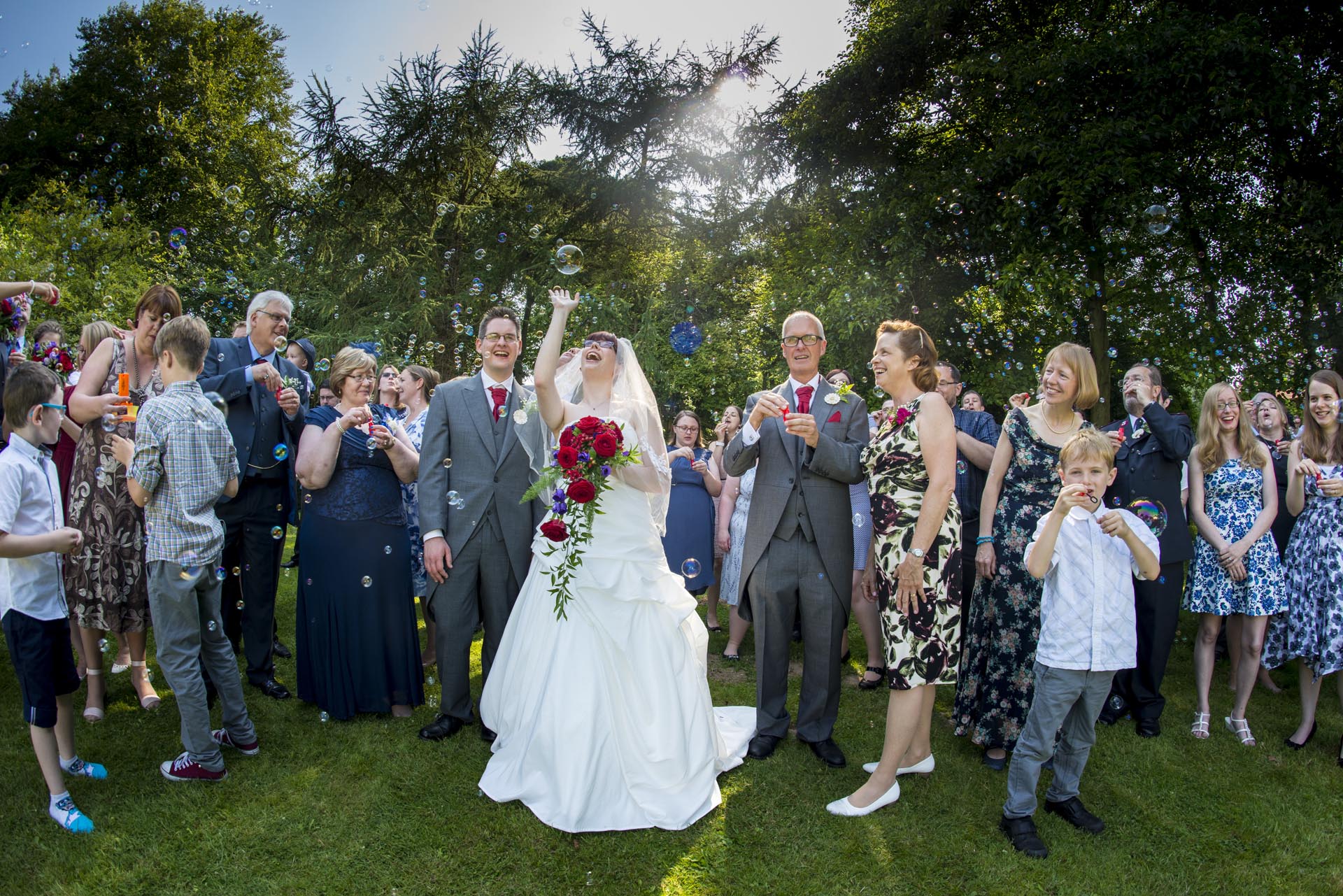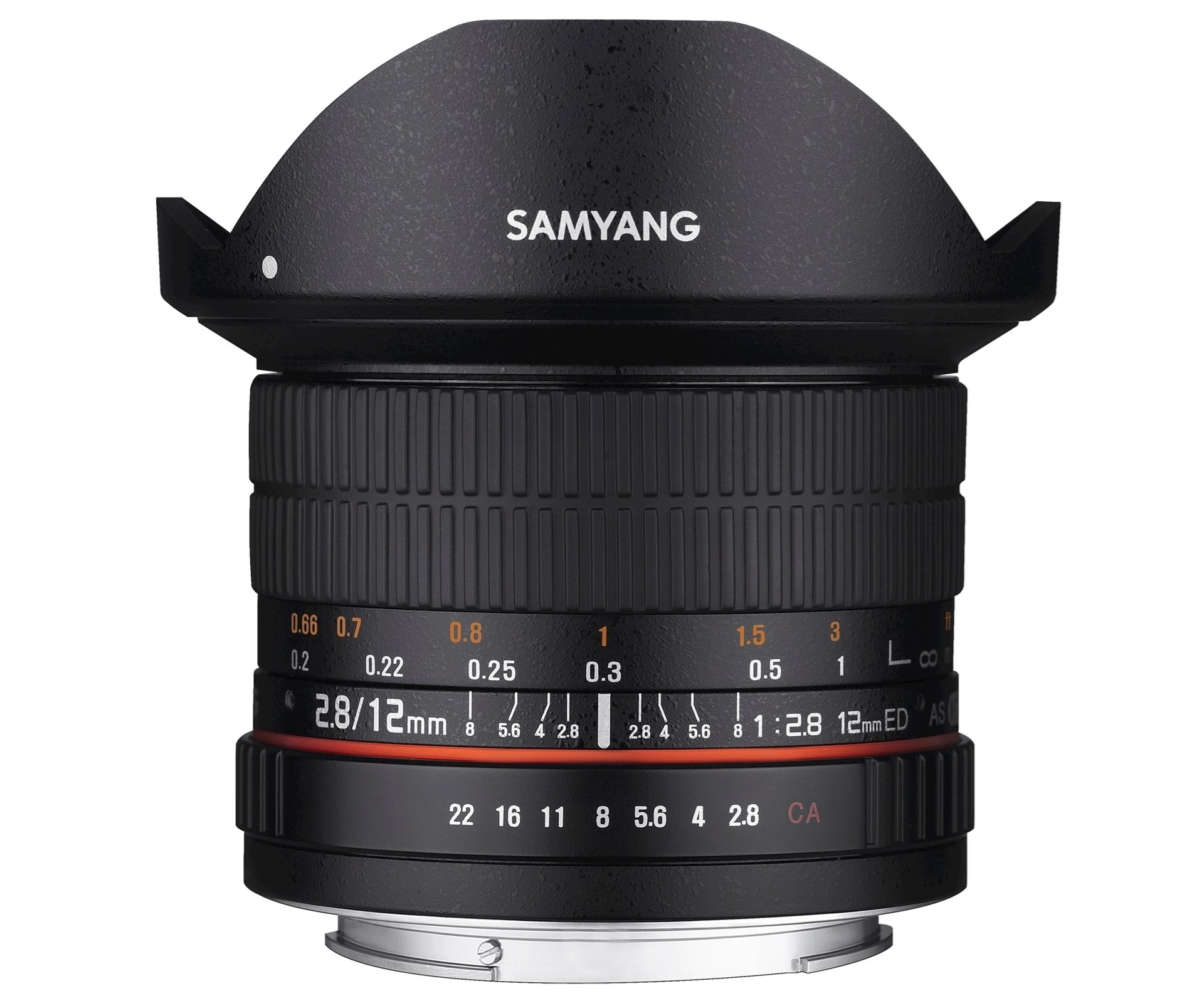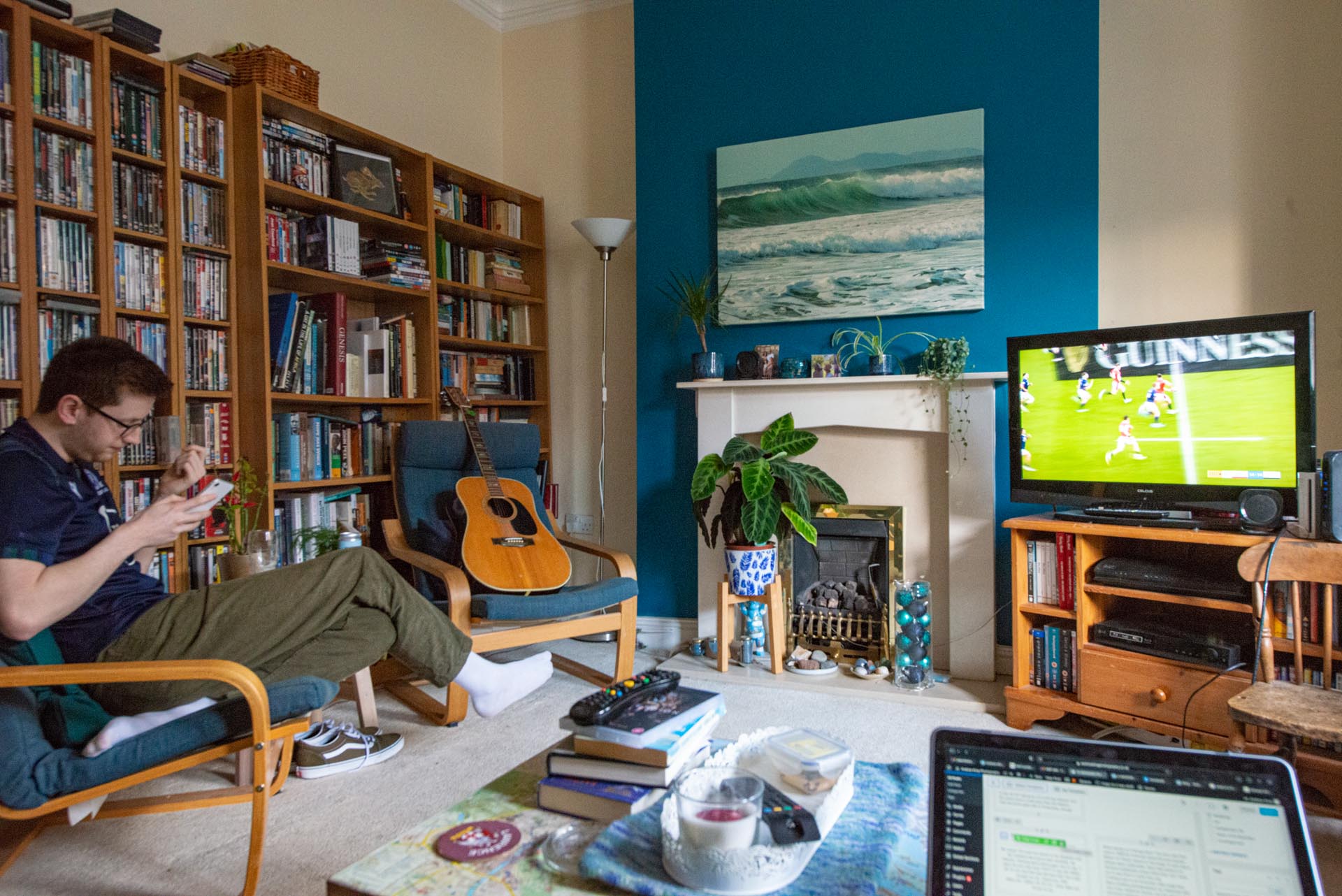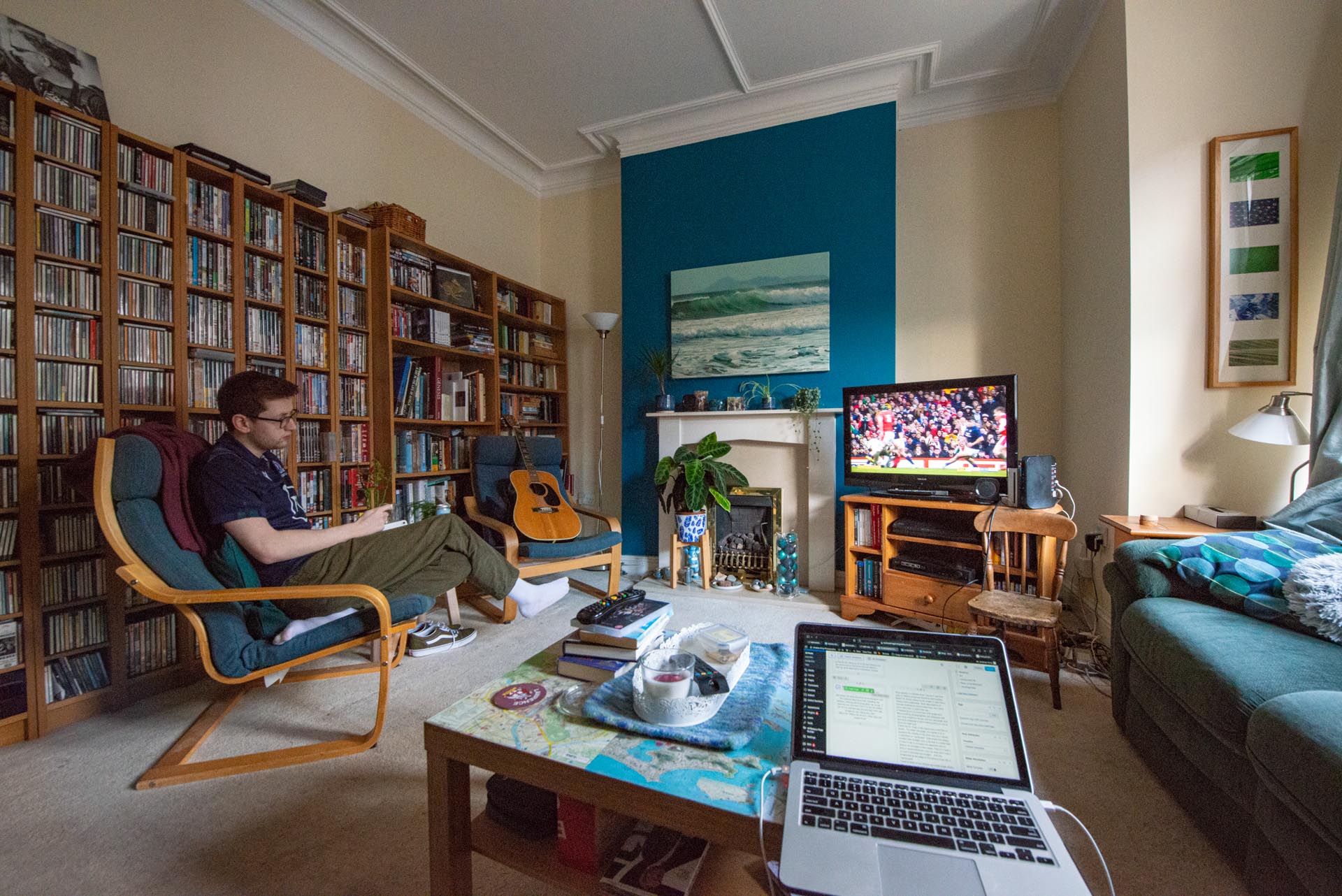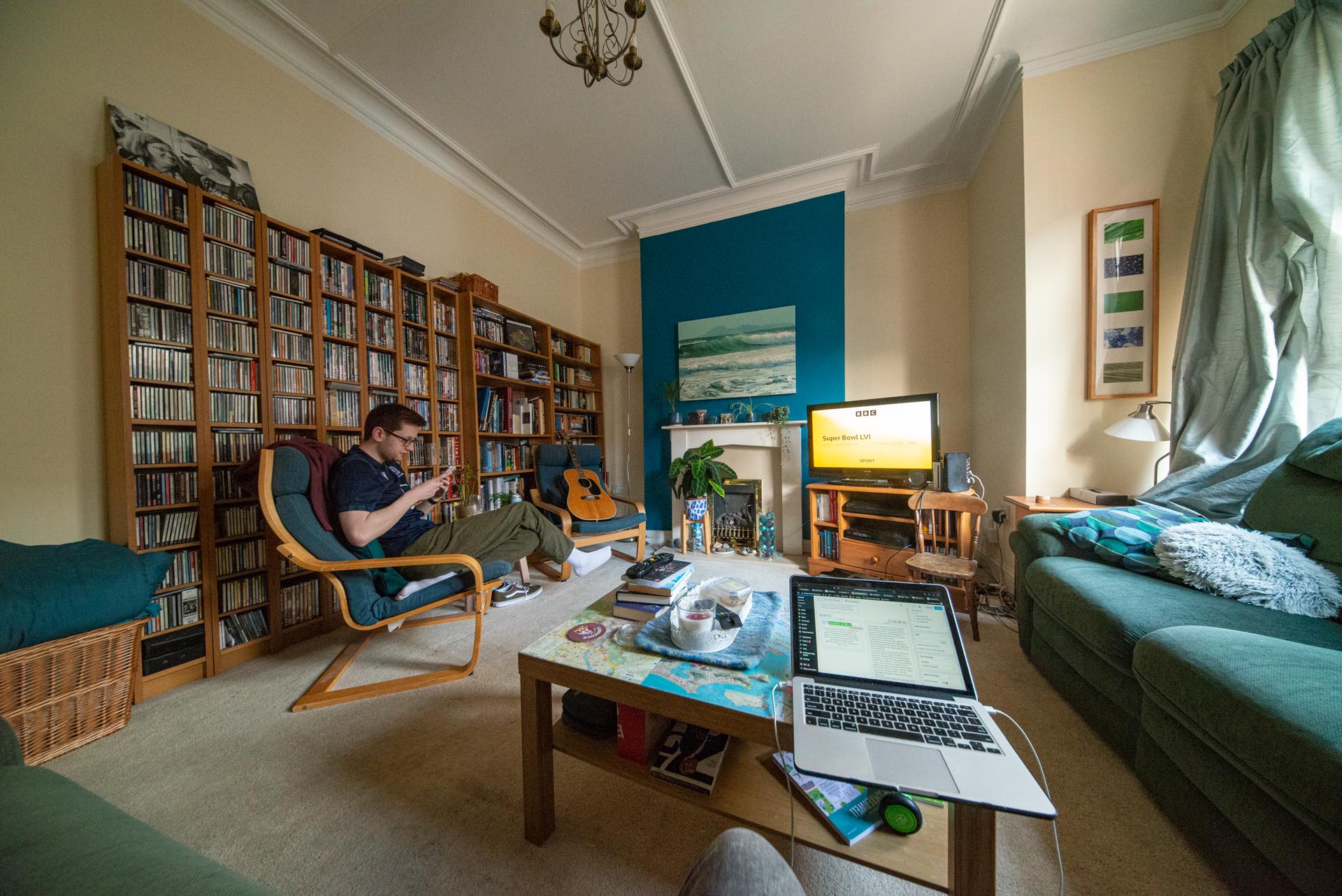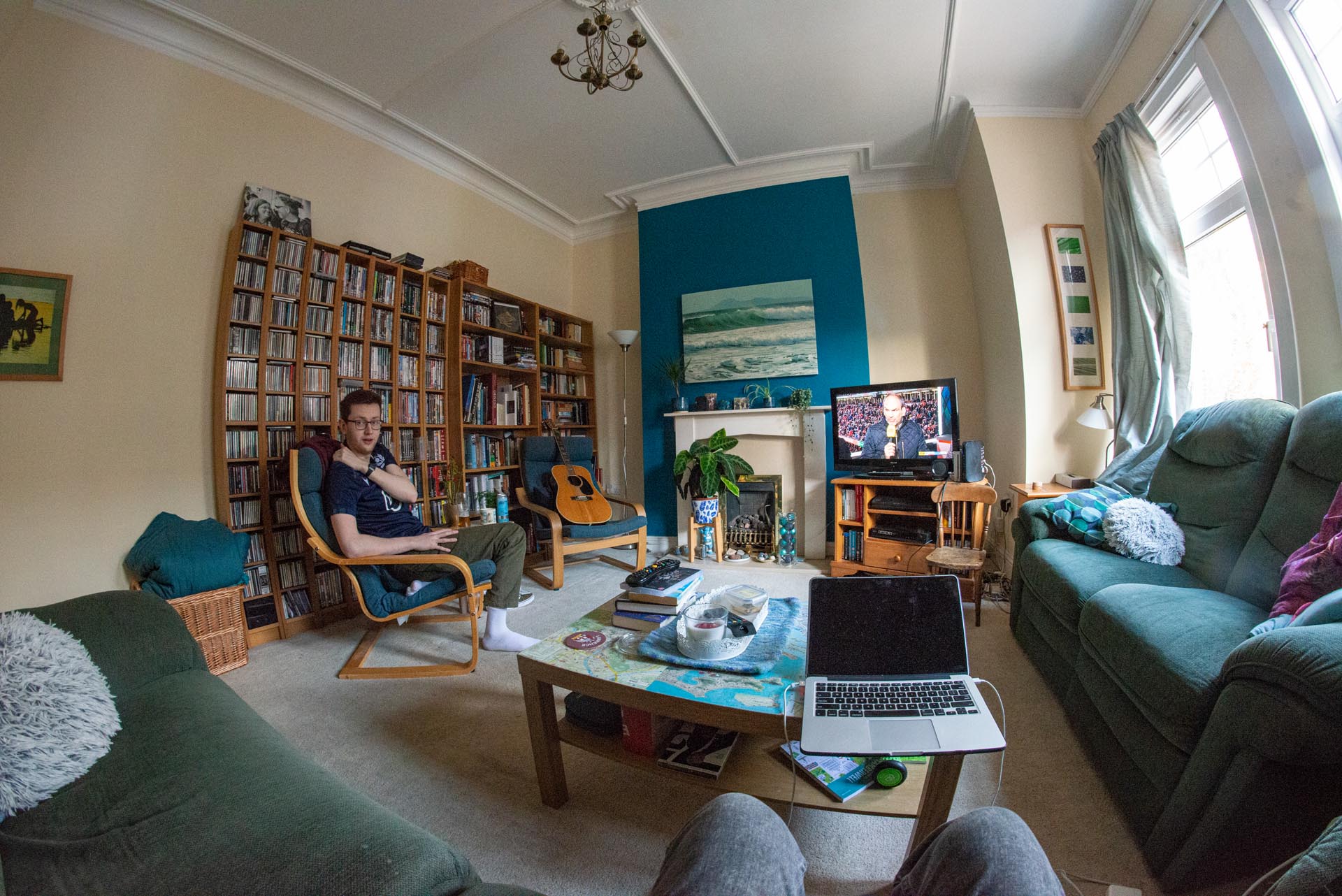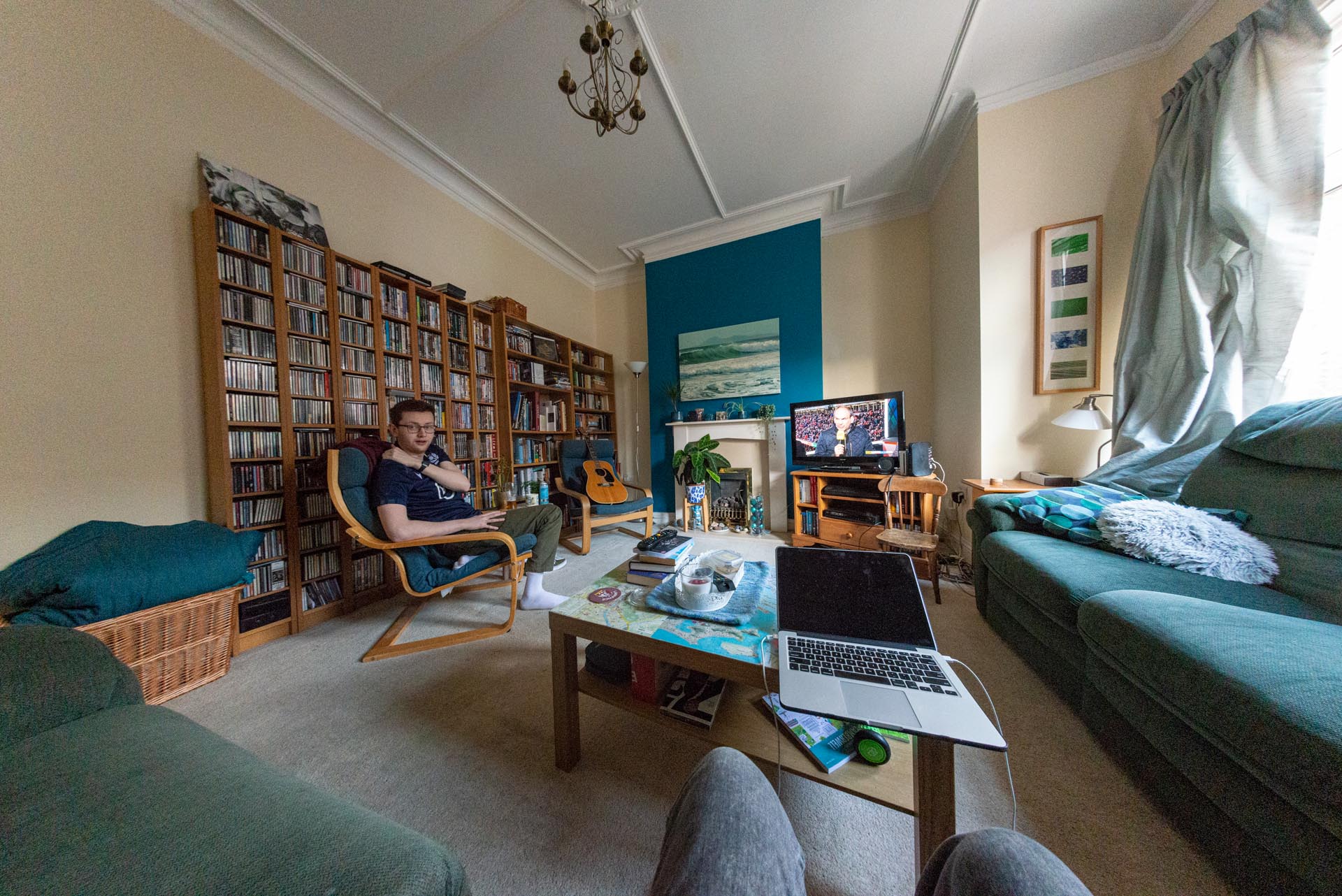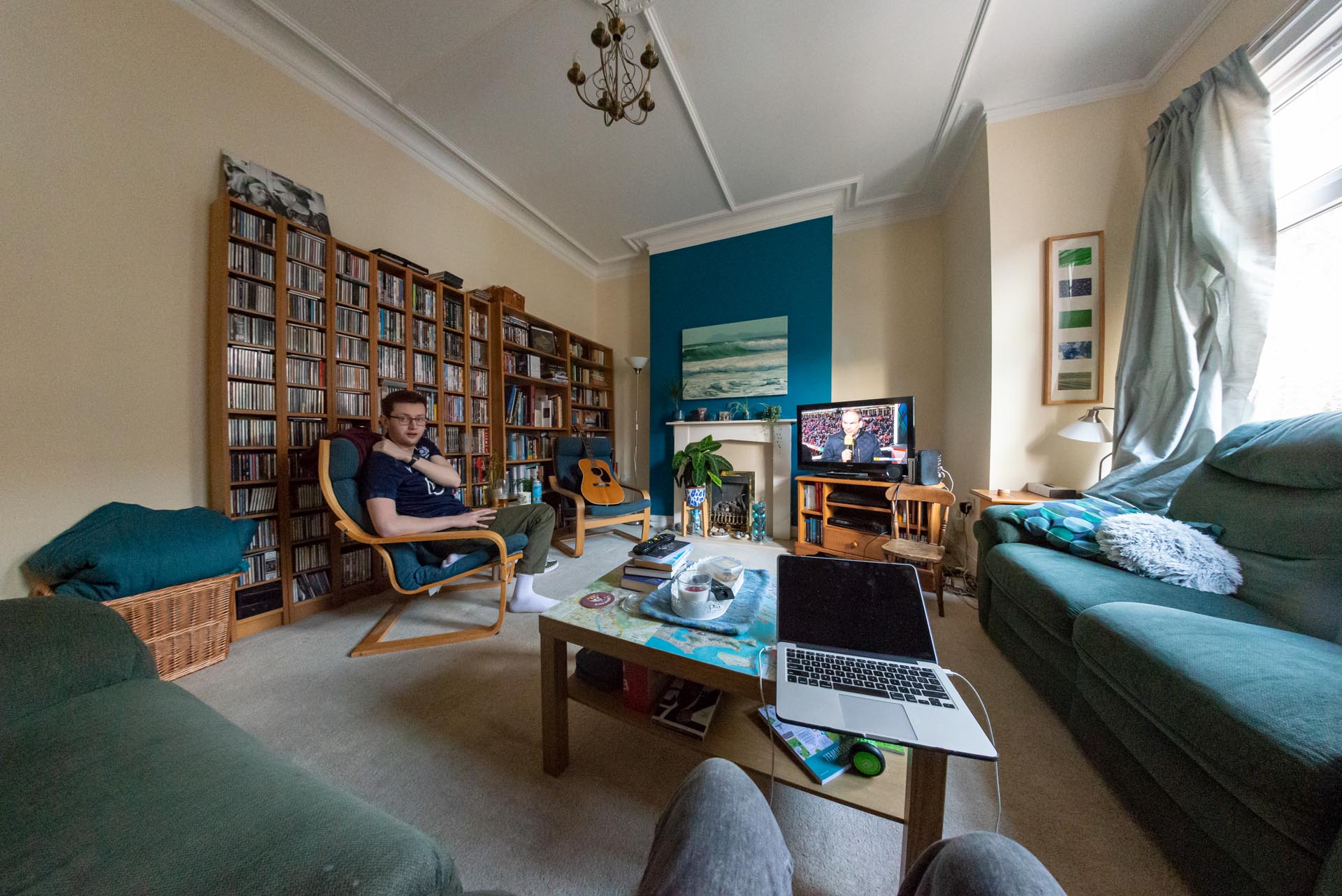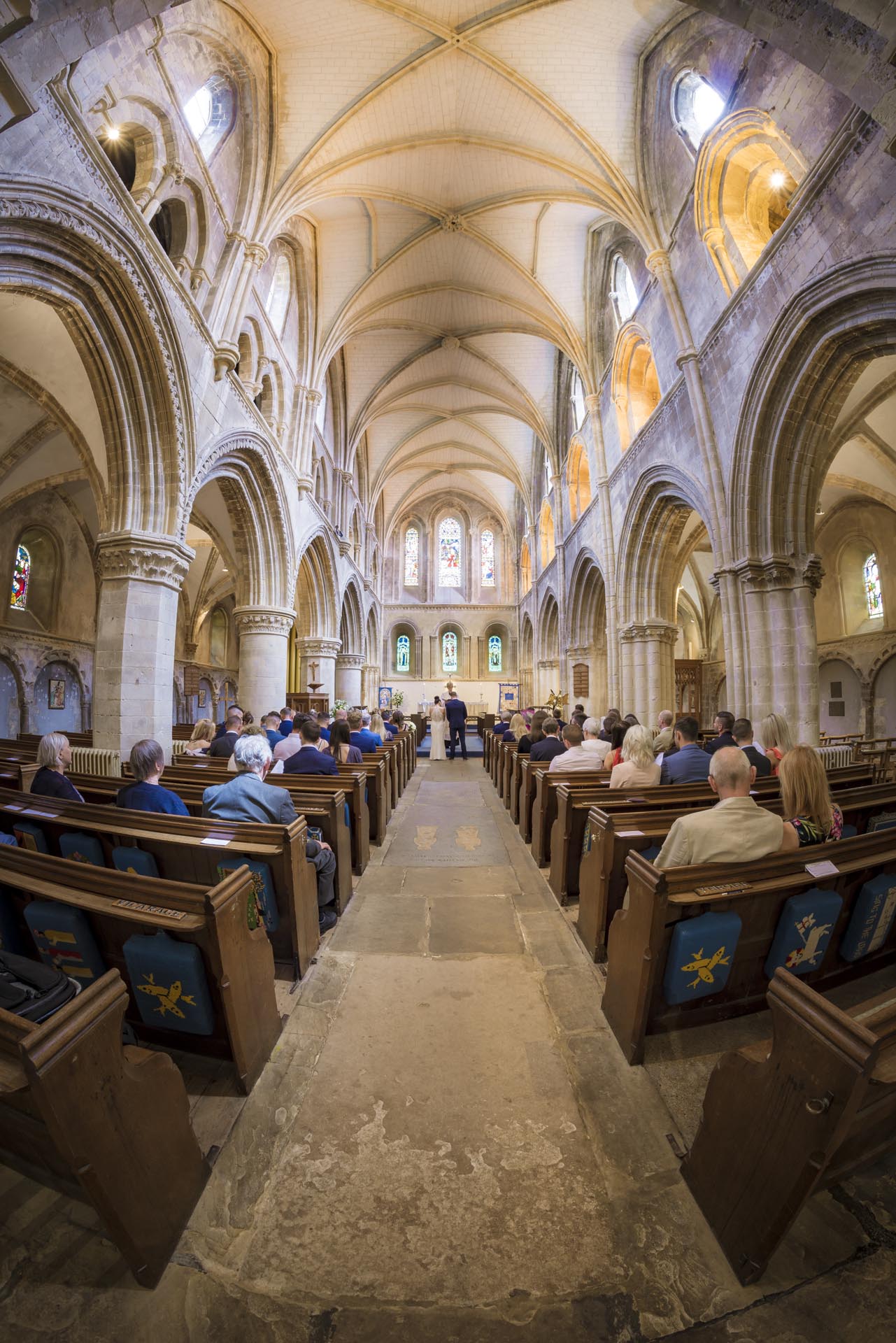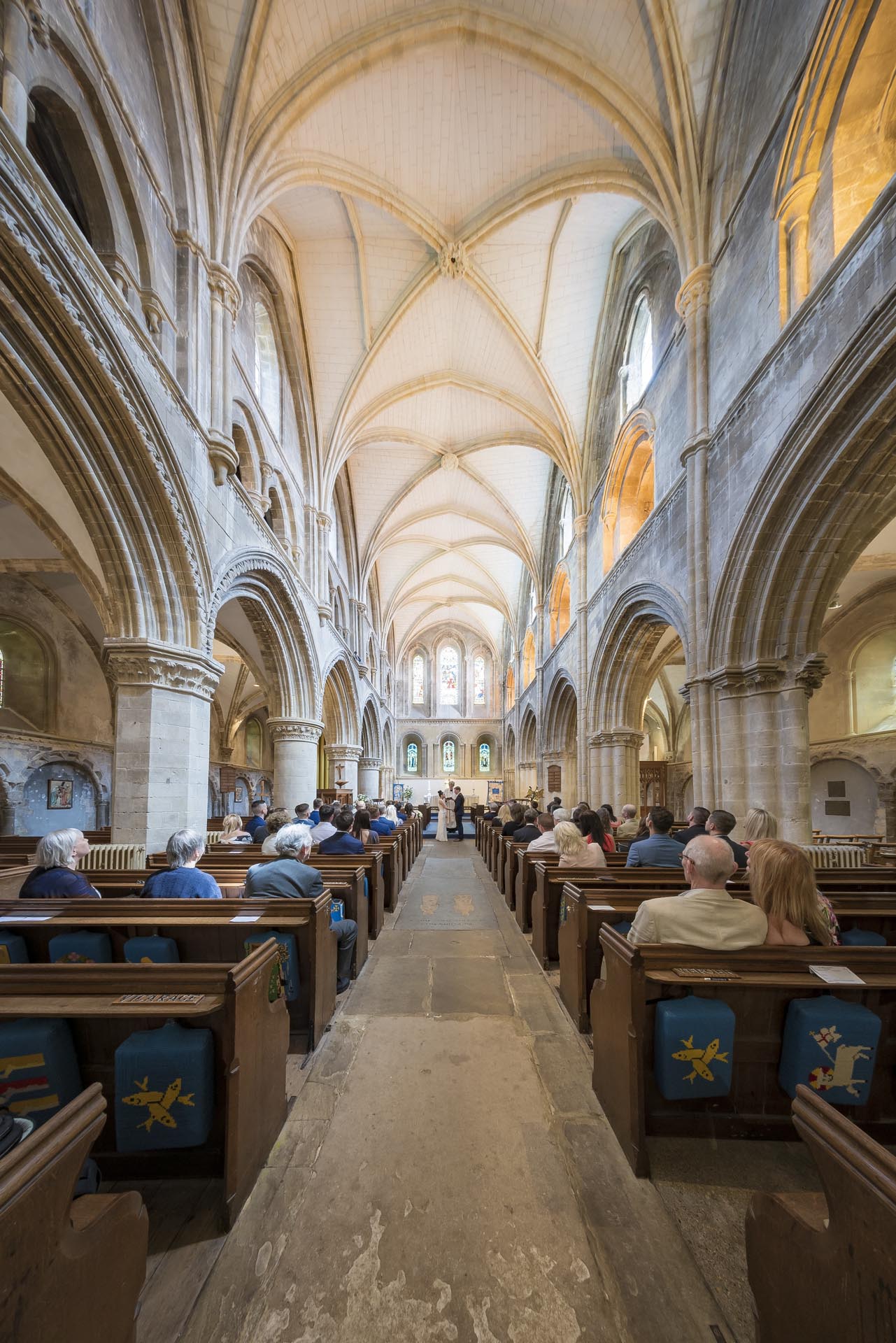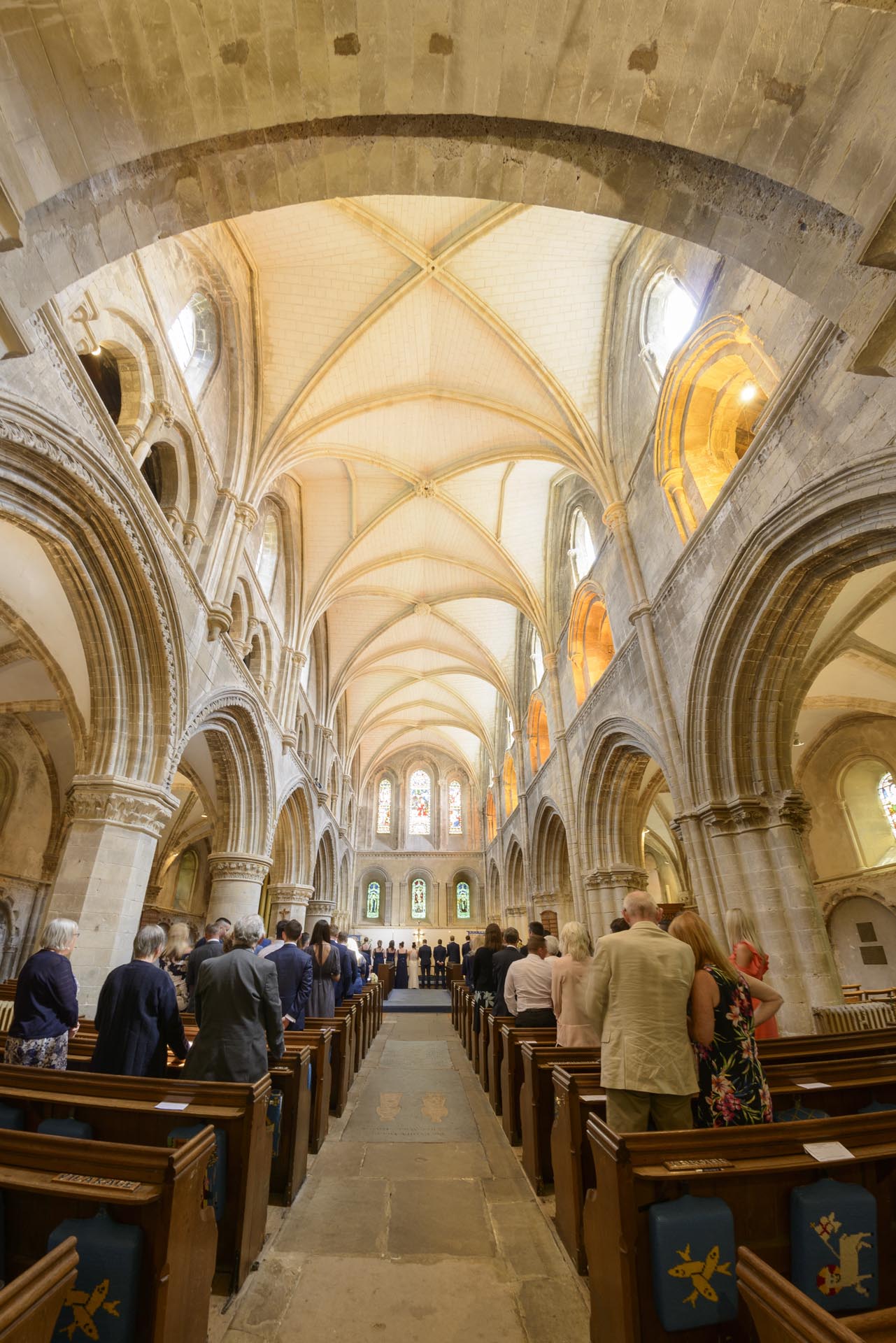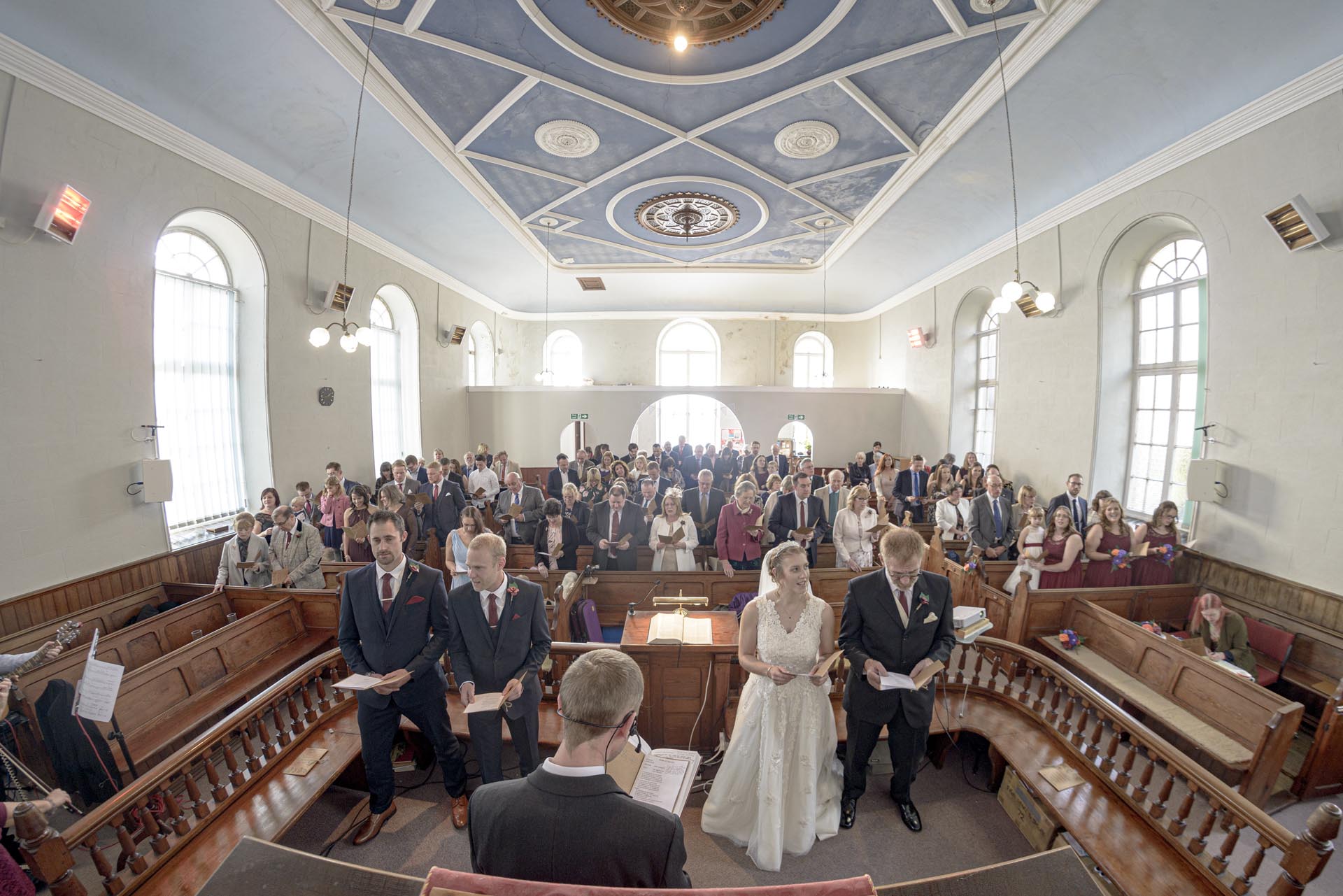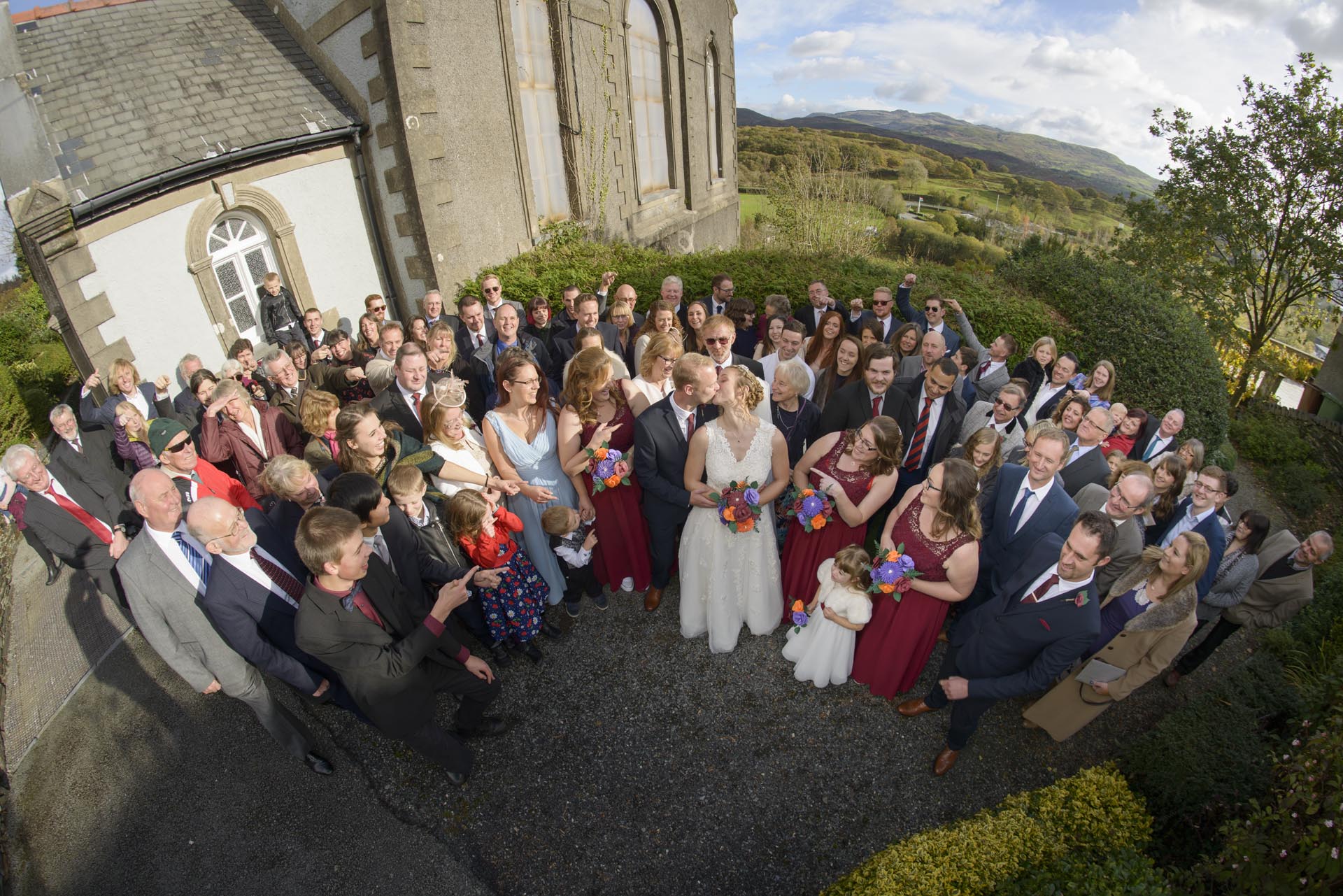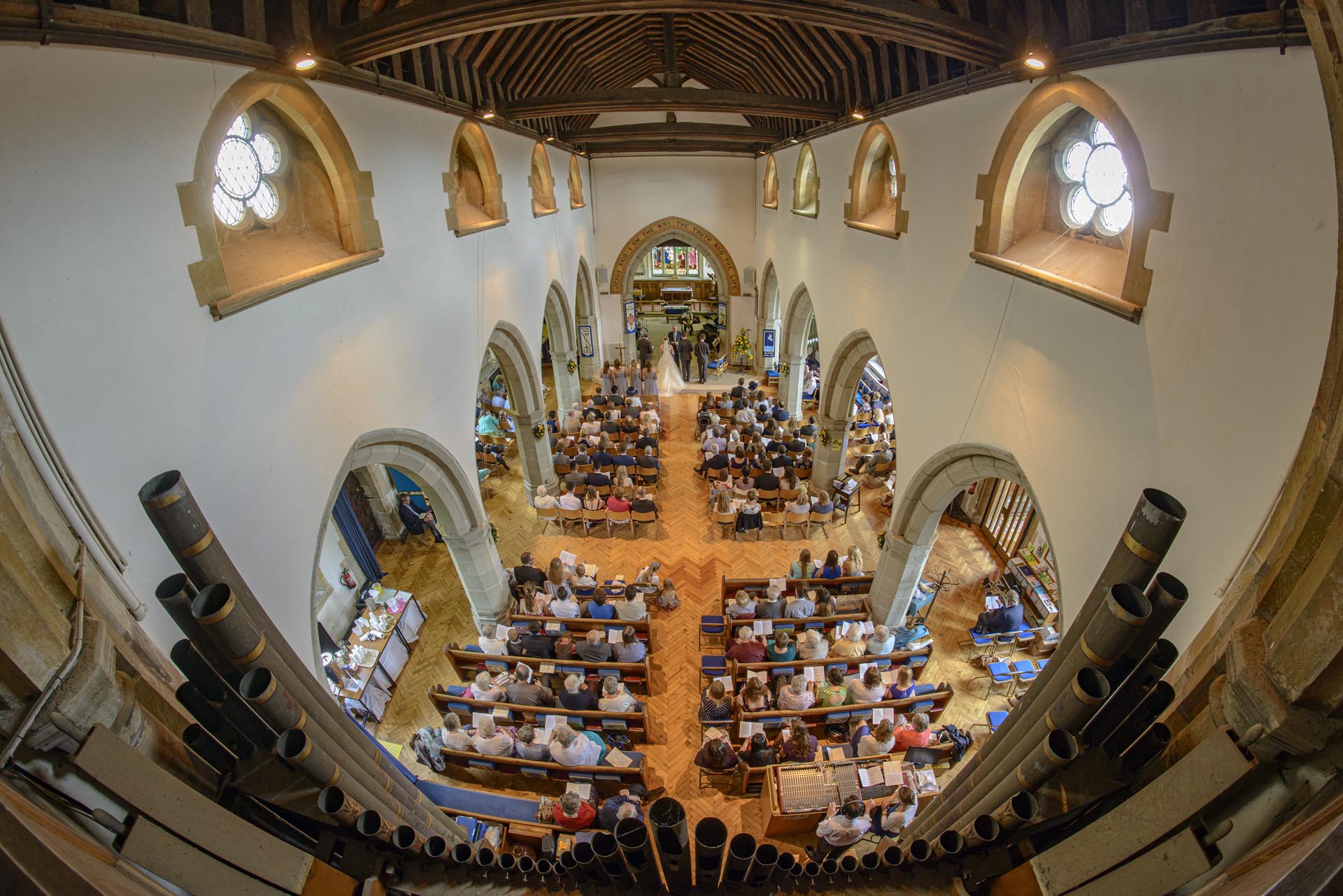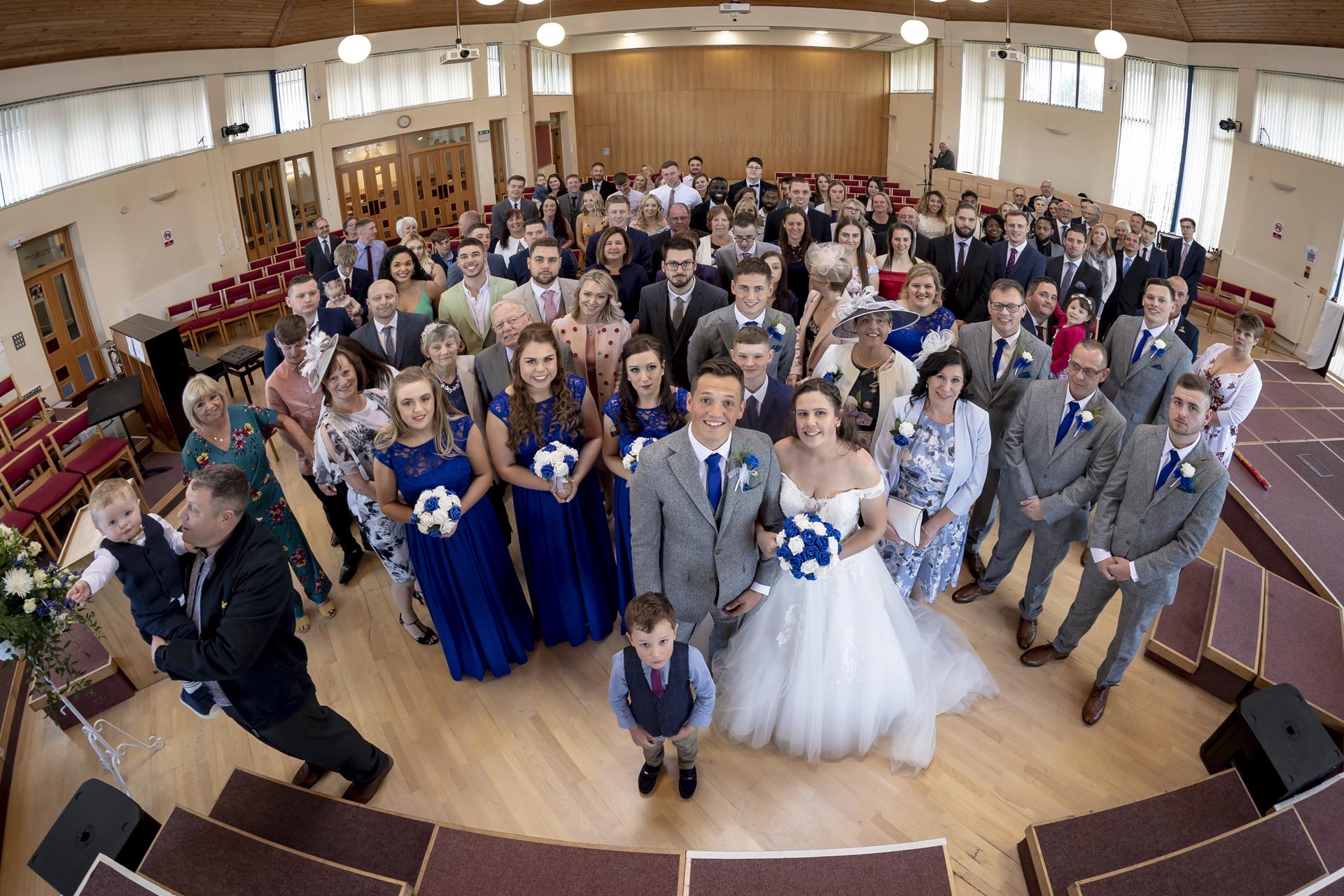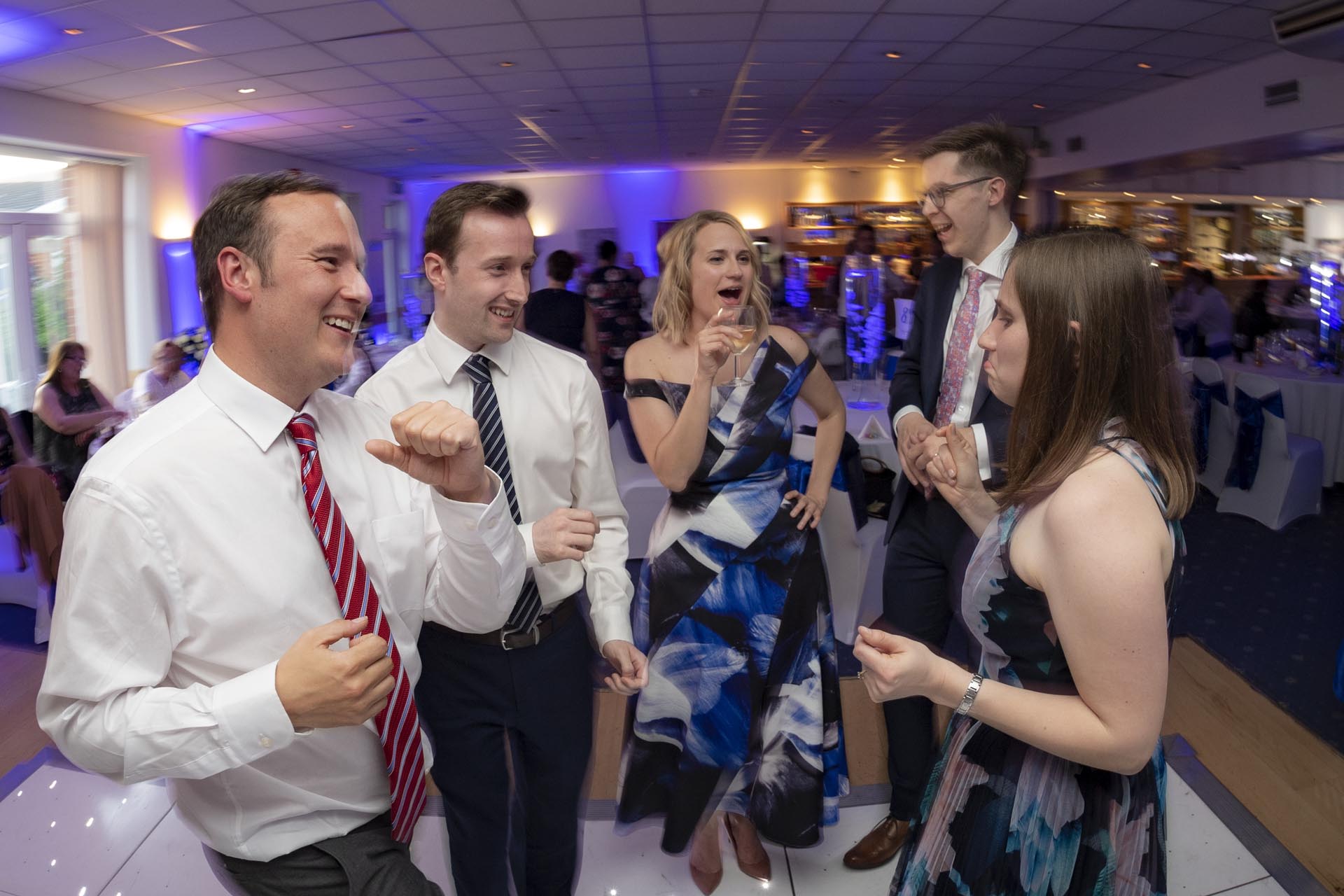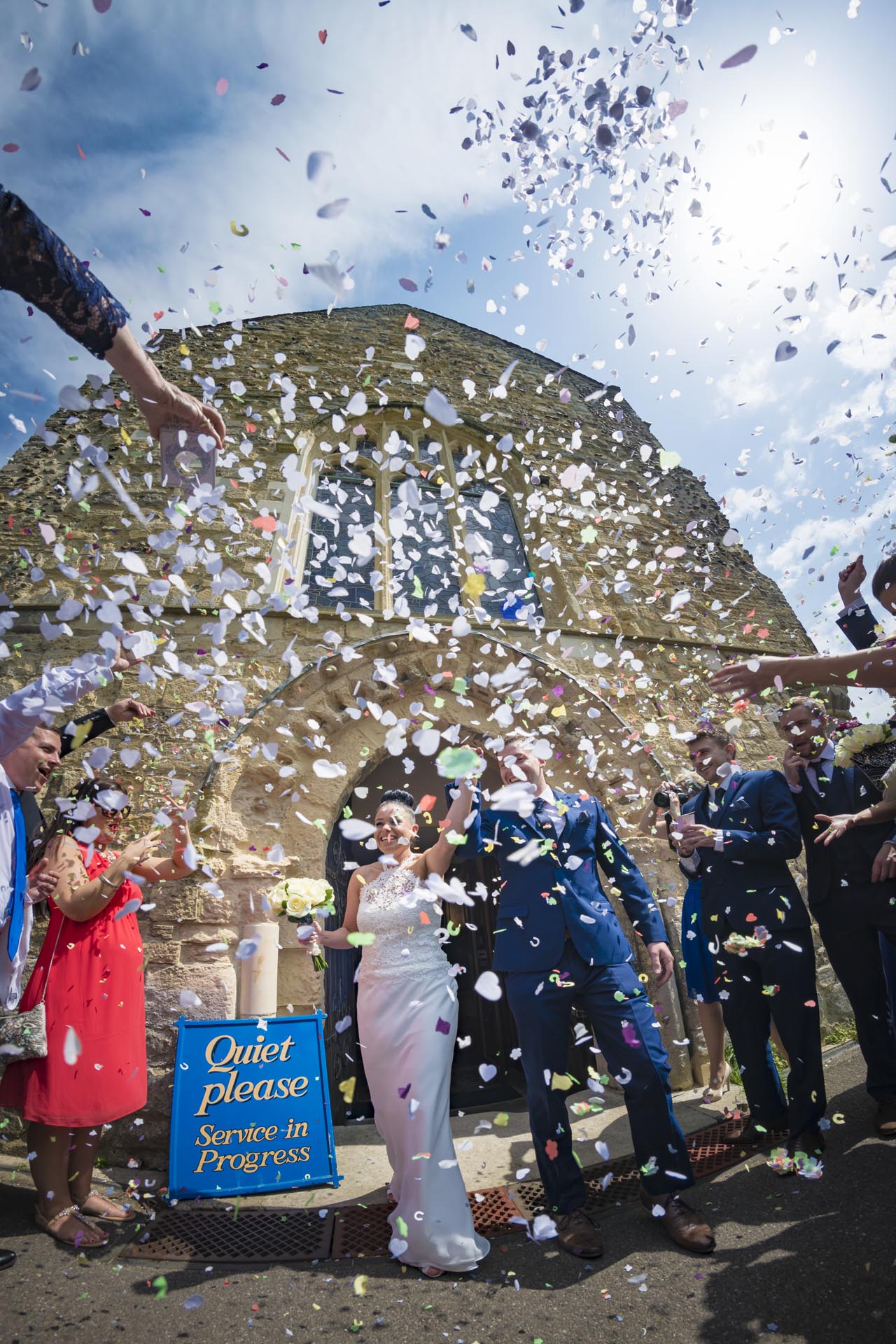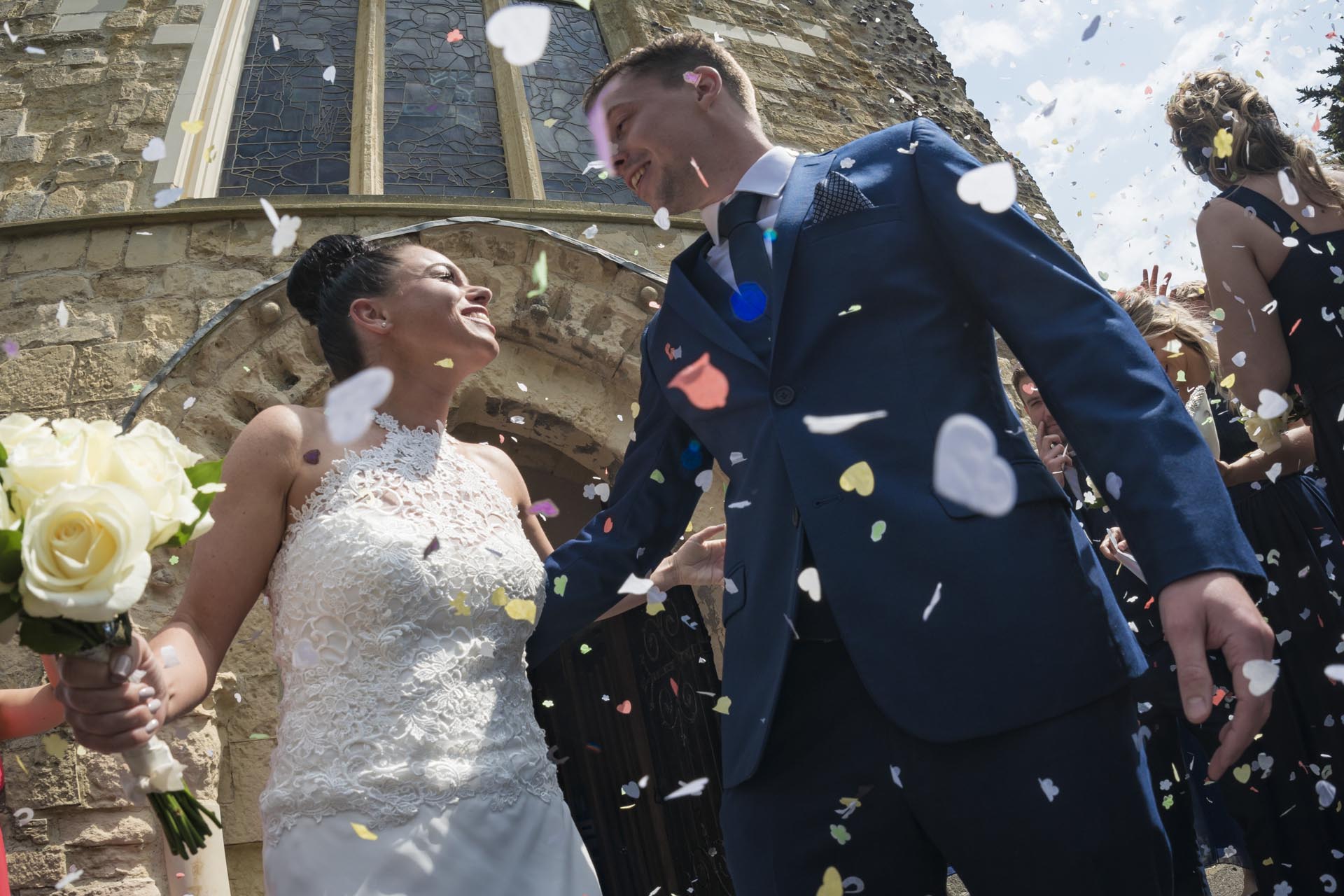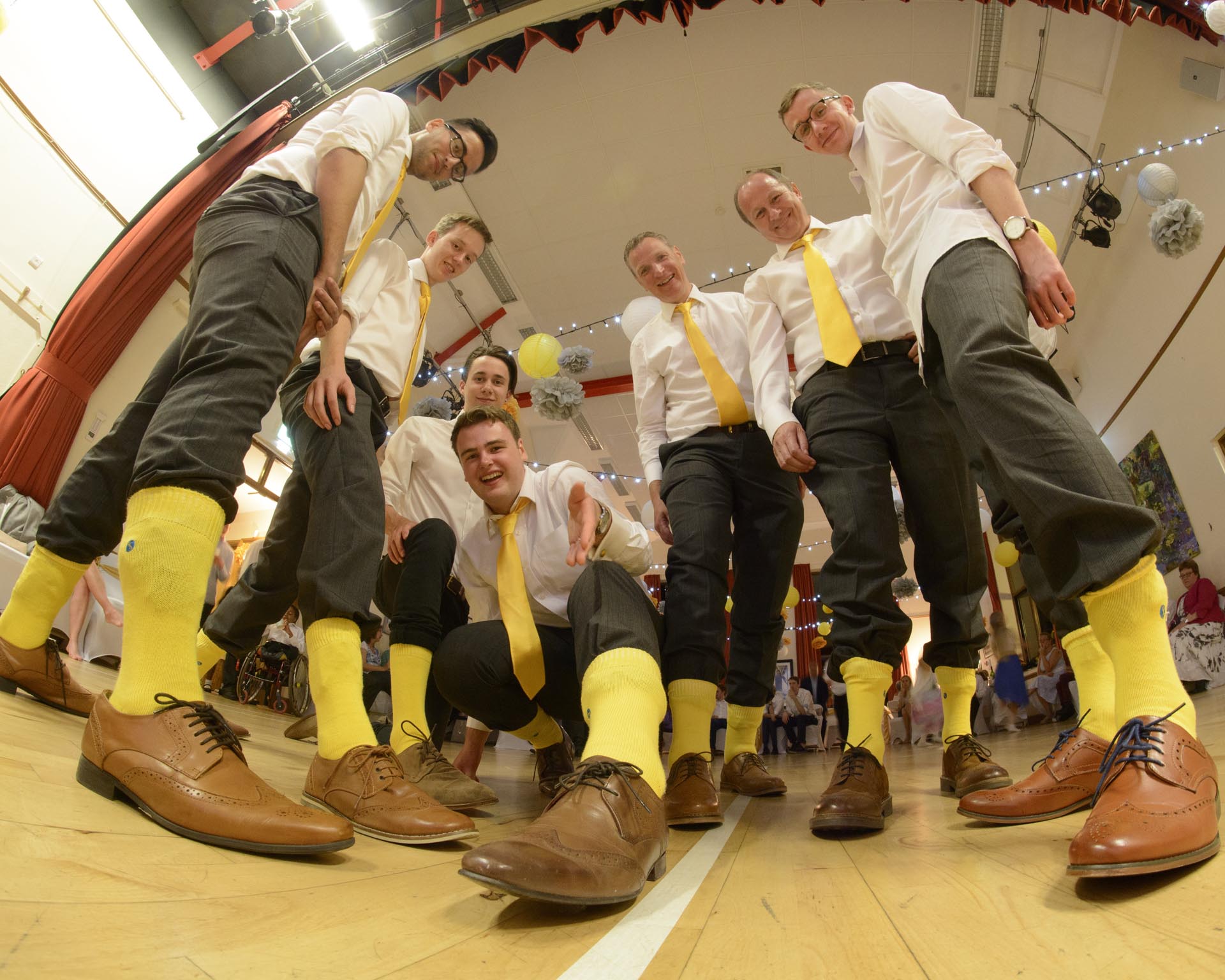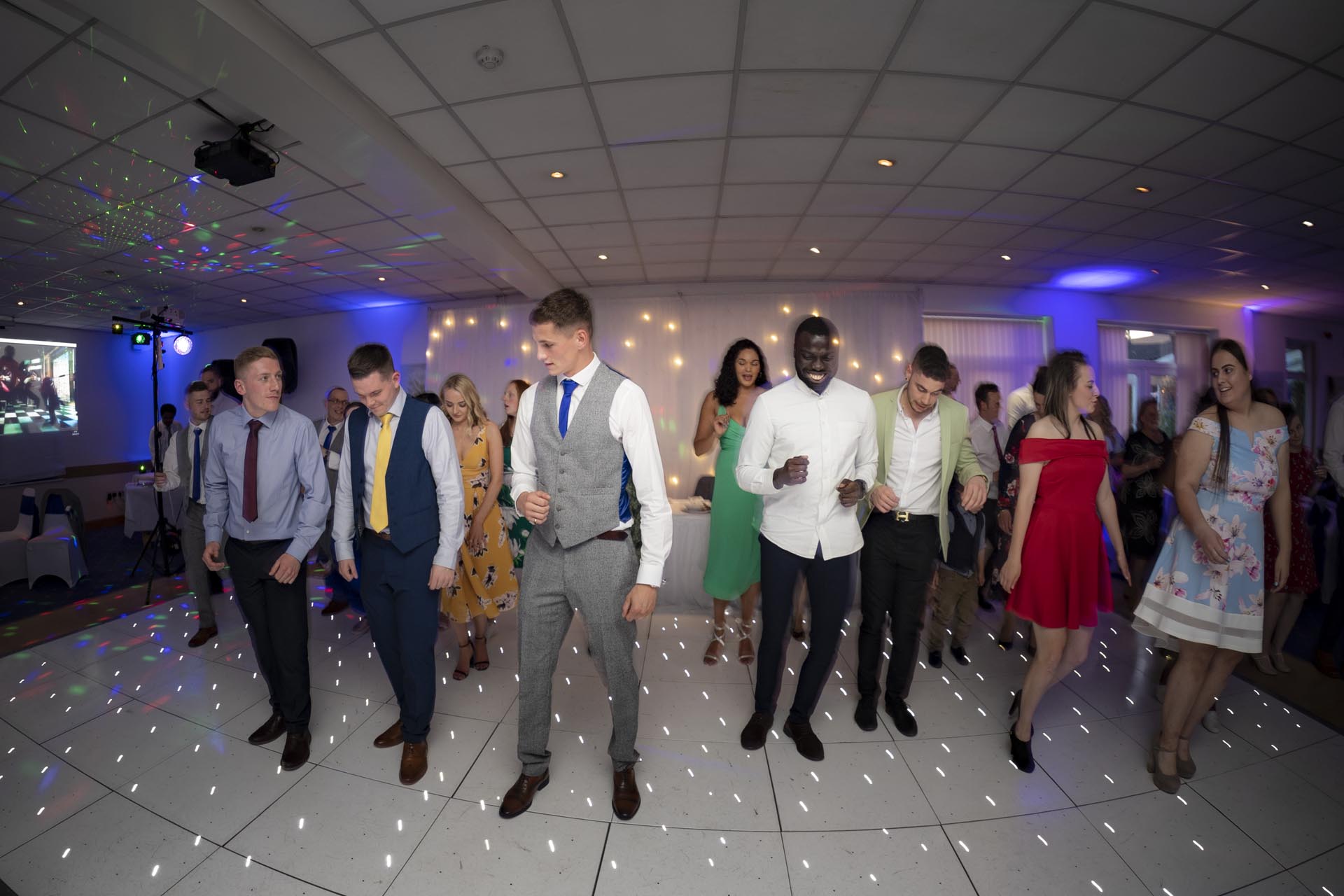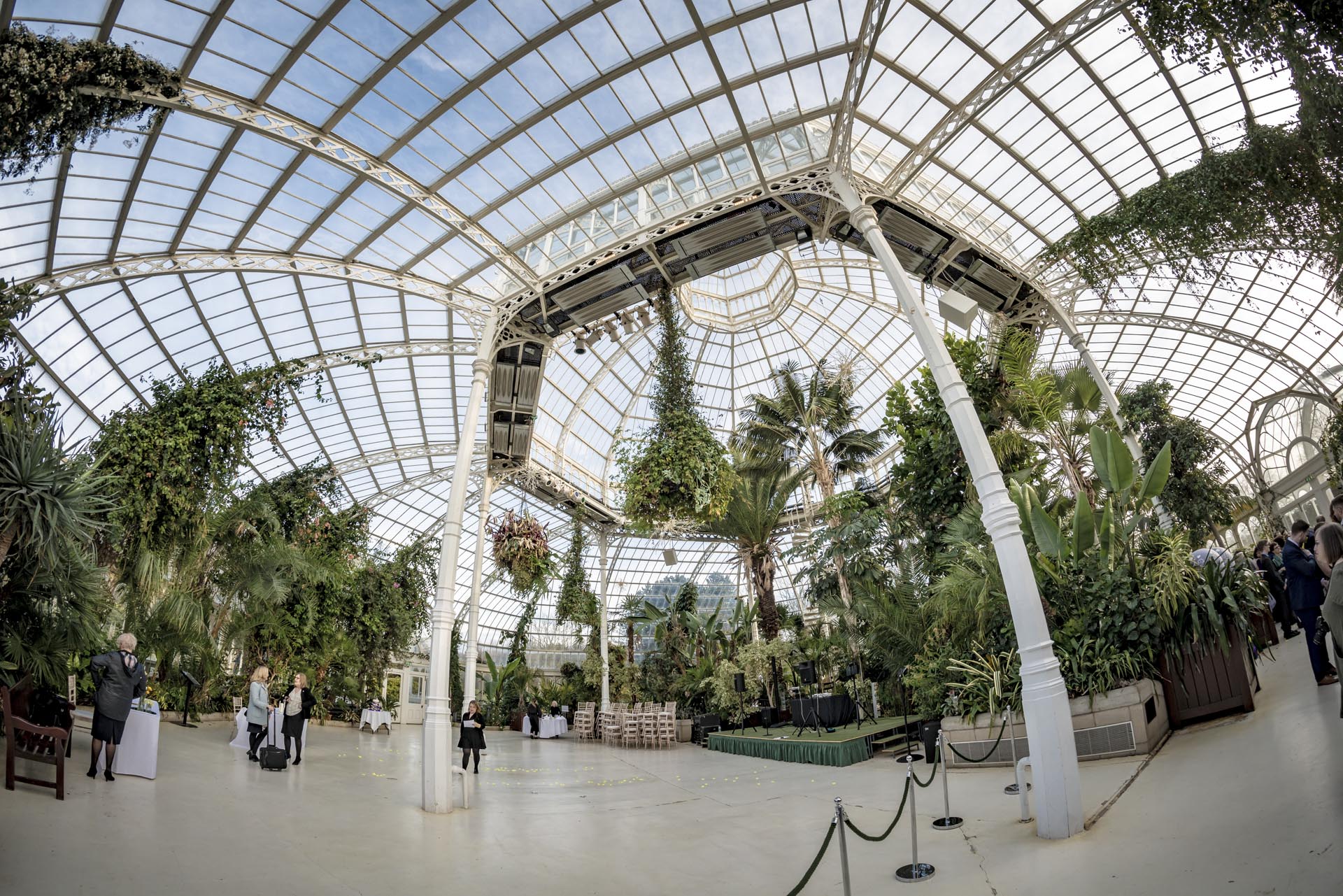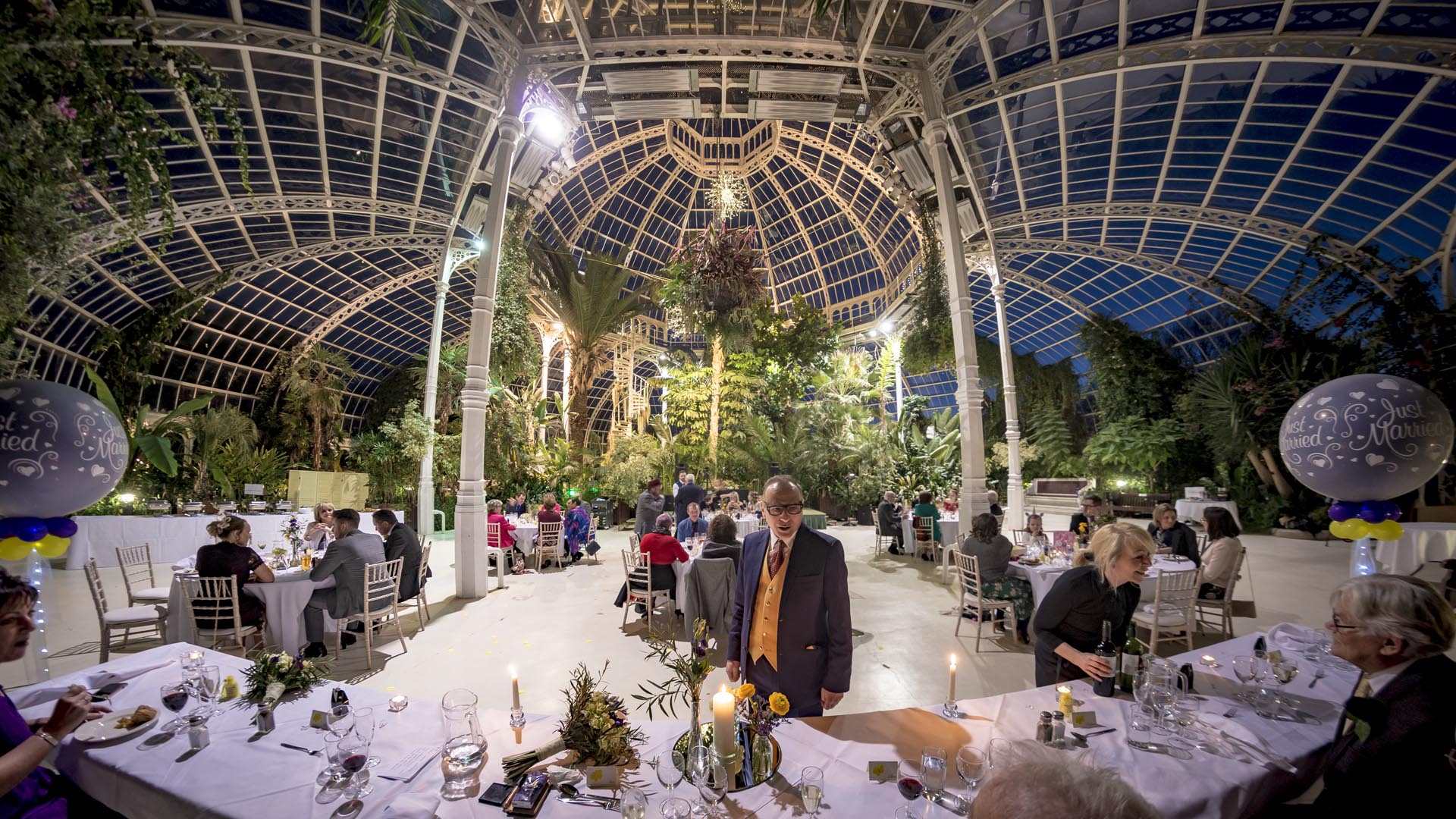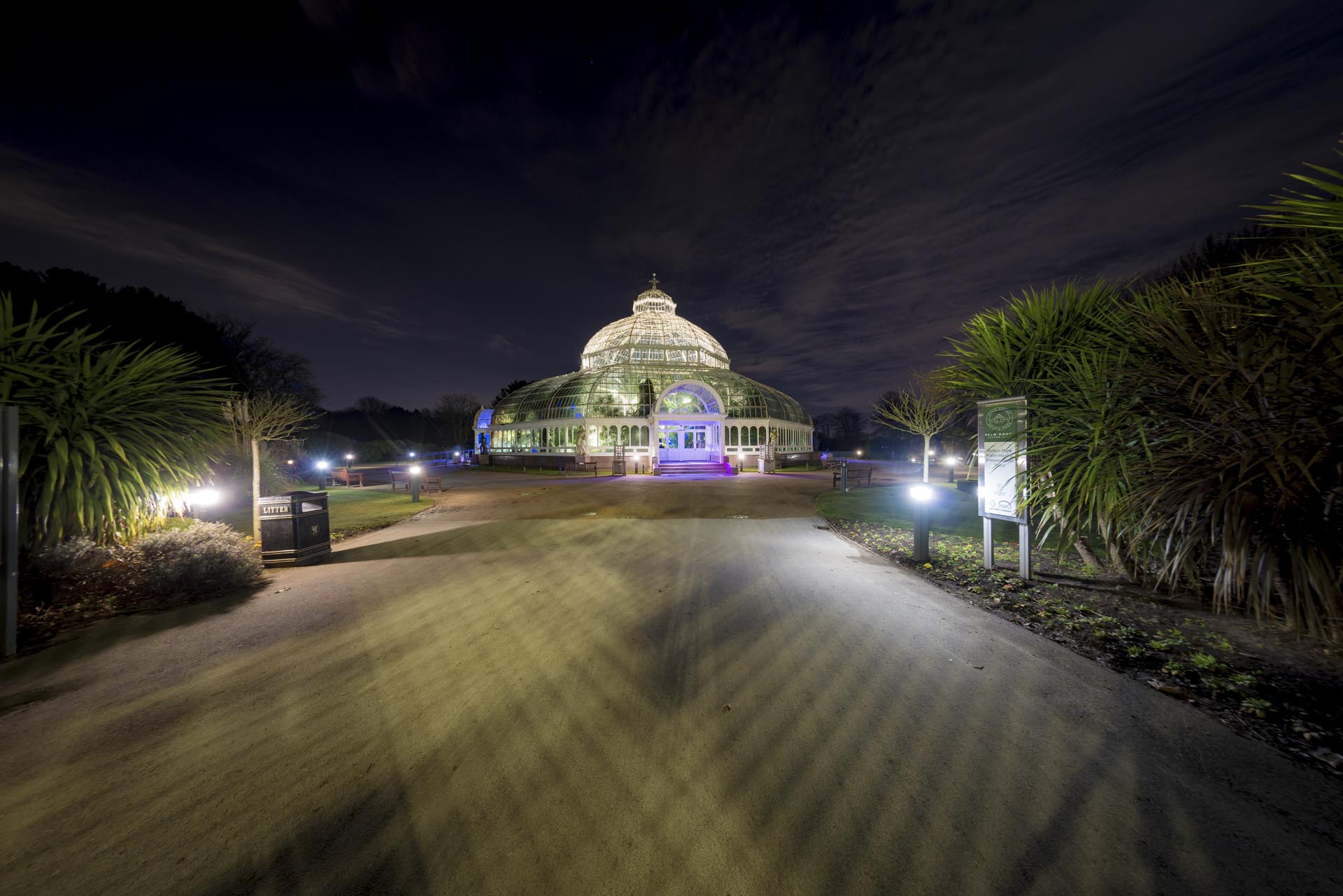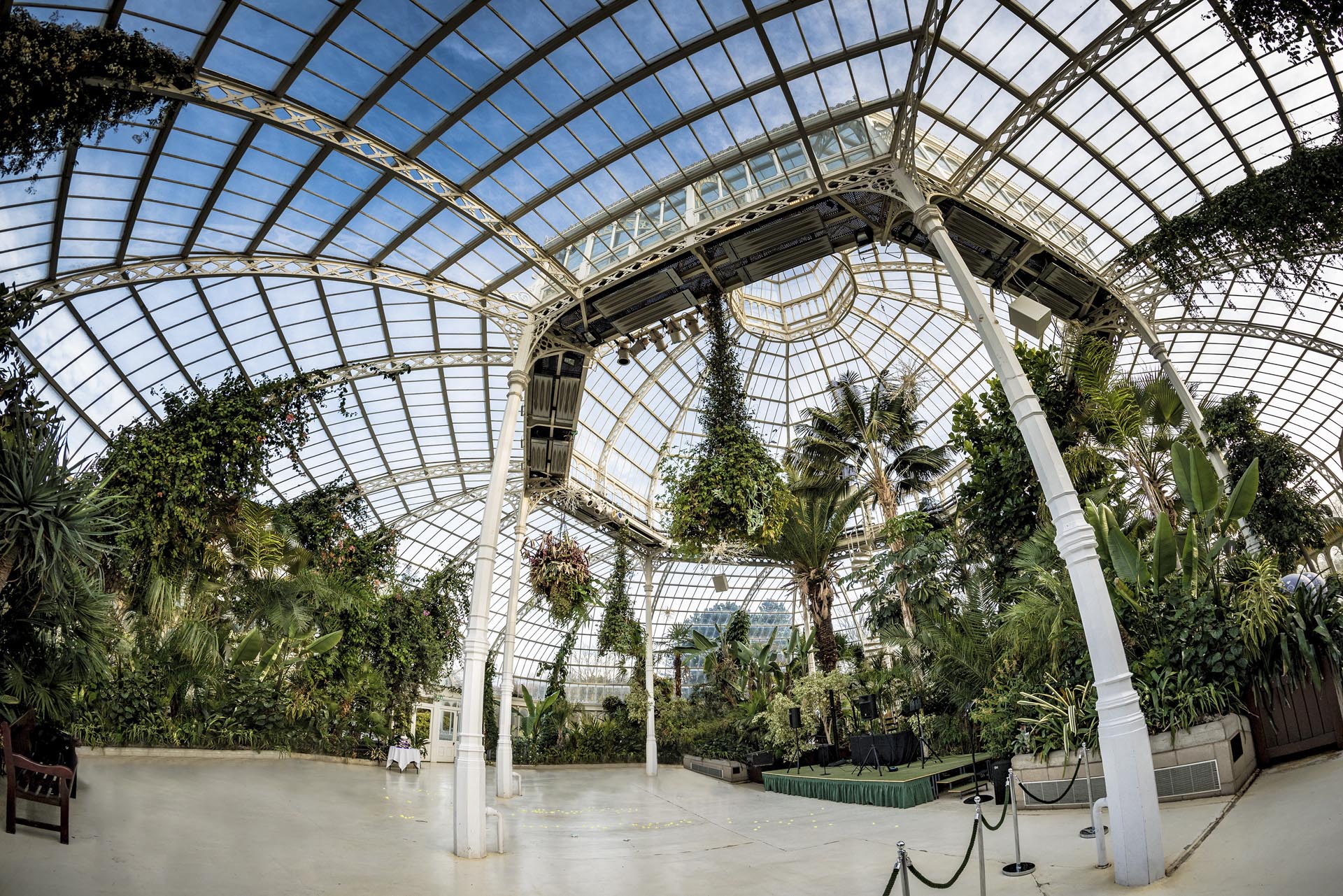A wedding photographer's tools: The 12mm fisheye lens
If the 24-70mm f2.8 is the main workhorse in most wedding photographers’ camera bag, the fisheye lens may seem a very odd one to use at a wedding! I tend to think of the photos from my different lenses like ingredients in a meal: if the 24-70 is meat or potatoes, the fisheye is definitely a strong herb or spice – to be used sparingly but can add huge interest and flavour.
The Fisheye lens I use with my Nikons is the Samyang 12mm 2.8. This lens offers amazing sharpness, and is great value for money. It is a manual lens when it comes to focussing, but that is not nearly as critical with extreme wide angle lenses as so much is going to be in focus anyway. Although sharp at f2.8, I tend to use it at f4 or 5.6. My only criticisms of it would be that it seems to shoot less bright than my Nikon lenses (if I am using -0.3EV on the 24-70 I will go to +0.3 with the fisheye) and the colour tone is a tad bluer than the Nikkors. That can all be dealt with in Photoshop, though.
A wedding photographer's tools: What is a fisheye lens?
What exactly is a fisheye lens? The term was first used in 1906 by American physicist and inventor Robert W. Wood, based on the angle of view that a fisheye sees underwater. Most descriptions of fisheyes emphasise severe distortion, but I tend not to see them in quite that way.
A fisheye lens is an extremely wide angle lens. Many budding photographers are obsessed with very long, telephoto lenses, but the real magic and technical challenge of lens making seems to me to be at the wide end.
A lens has to “map” a 3D scene onto a flat film or sensor. The wider the angle, the harder it is to squeeze the outside of the shot onto your sensor. A standard, or “rectilinear” wide angle lens keeps straight lines straight, but to do that in a wide field of view it has to increase the apparent size of objects at the edge of the image. That is in itself a kind of severe distortion, but our eyes don’t see it as such if the lines are straight – until the bridesmaid at the edge of the picture looks like a rugby forward!
I tend to think of the fisheye as a wide angle which, yes, curves the straight lines, but avoids that size distortion. The church may seem very curvy – but the bridesmaid is her proper size! There is a lot to be said for that.
For a more recent article on rectilinear wide angle lenses, please see here.
These days, anyone can take the fish out of a fisheye
That isn’t the whole story, though. These days, anyone can take the fish out of a fisheye. As soon as you pull your images onto a computer, you have the option of applying lens corrections. All lenses need them, but fisheyes have the option of being “corrected” to the point where they become rectilinear.
The fully rectilinear correction of my Samyang fisheye is not pretty, but there are in-between the extremes compromises available. Without fully pulling the lines straight, they can be straightened enough to basically fool the eye, without significantly losing quality or all the benefits of having your subjects at a reasonable size. Check out the next two sample shots.
A wedding photographer's tools: So how do you use the fisheye at weddings?
Weddings are about the bride and groom, and as such lenses like the 24-70 and longer are going to dominate when it comes to the classic portraits – the mantlepiece shots. But weddings are also about the whole gathered company, and they are often about great buildings and beautiful surroundings. And that is where wide angle lenses come into their own. I want to put the bride and groom into their context in the church, and in the crowd of guests. The fisheye is more useful than many people realise.
Three in the same wedding (St Mary de Haura Church, Shoreham by Sea) showing different levels of correction, and the way a fisheye can take in so much of a beautiful vaulted roof.
Finally, a favourite group shot. Where no buildings are in shot, with those unnatural straight lines, there is greater freedom to use a fisheye, provided you work with it at or near the horizontal. This is a crop-in on a moment when the big group broke down as everyone played with bubbles. A Canterbury, Kent, wedding.
The fisheye is never going to be my dominant wedding lens. But at most weddings, my Samyang takes some shots that make the final cut. I love this lens, and I think a lot of my wedding photography clients love its results too – even though they may not be aware of quite what special lens was used!
For a more recent article on rectilinear wide angle lenses, please see here.
To contact me to enquire about my wedding photography use my Contact Form or just text (07983 787889) or email me at Andrew@AndrewKingPhotography.co.uk
Photos © copyright Andrew King Photography

